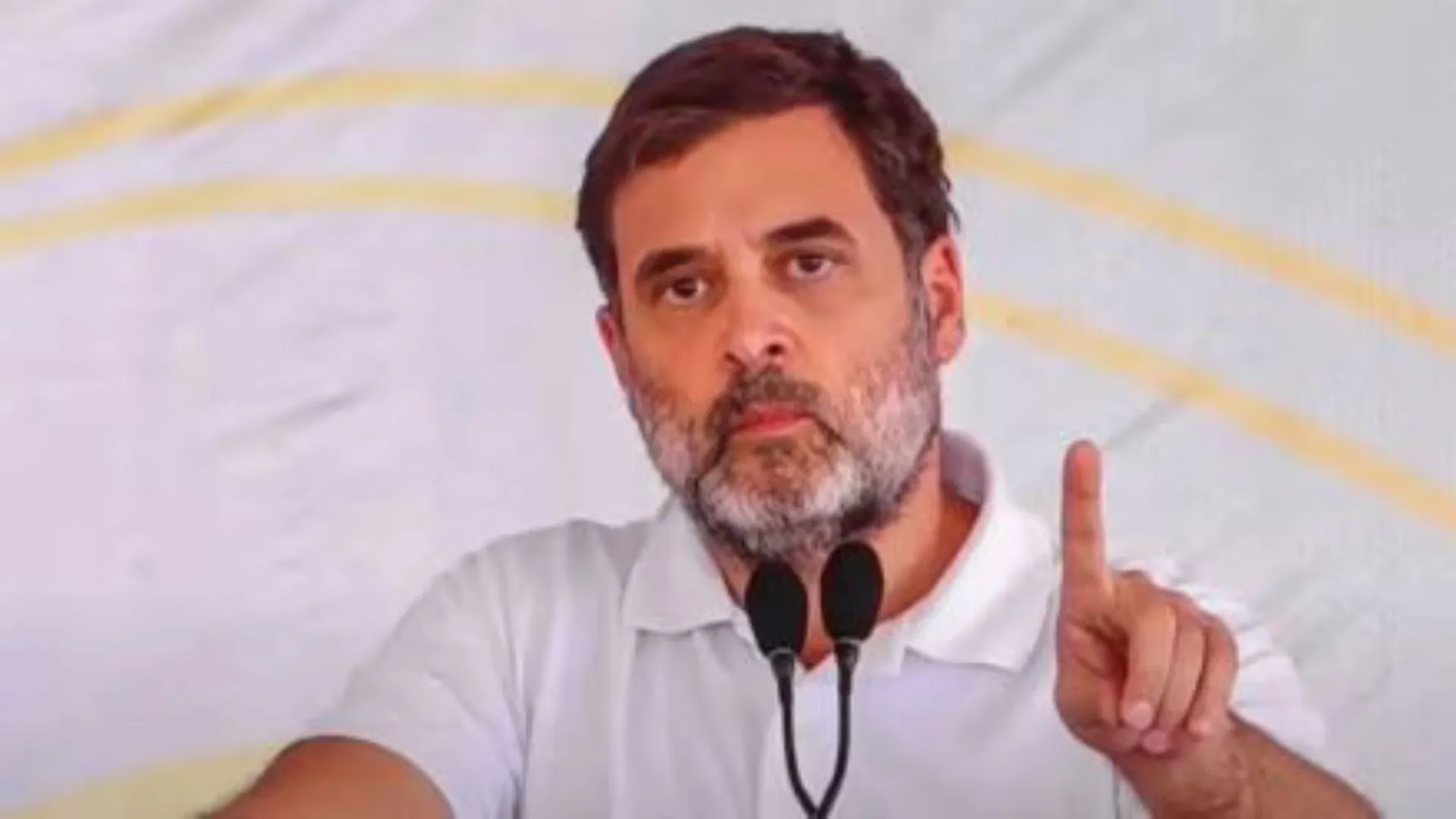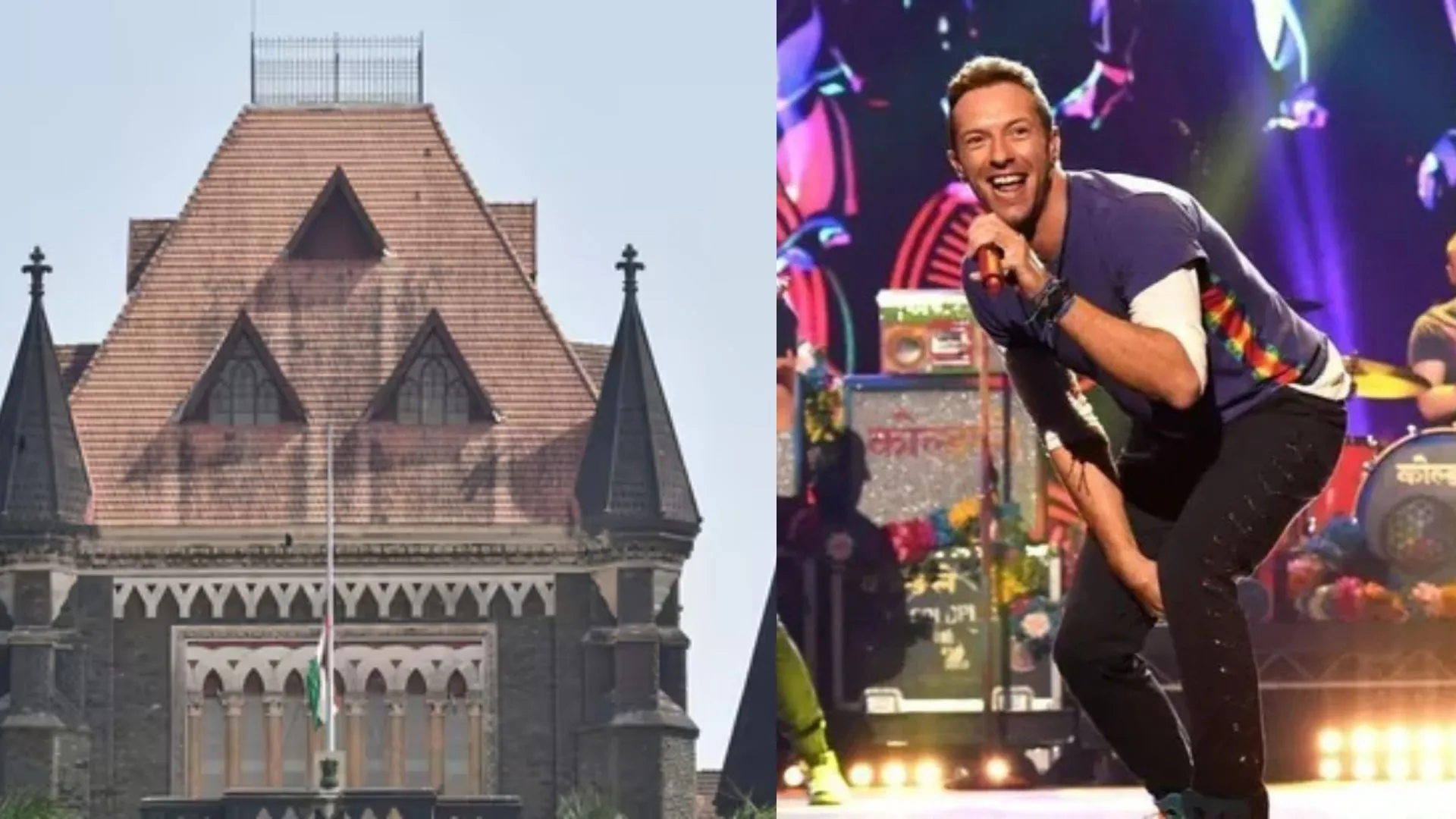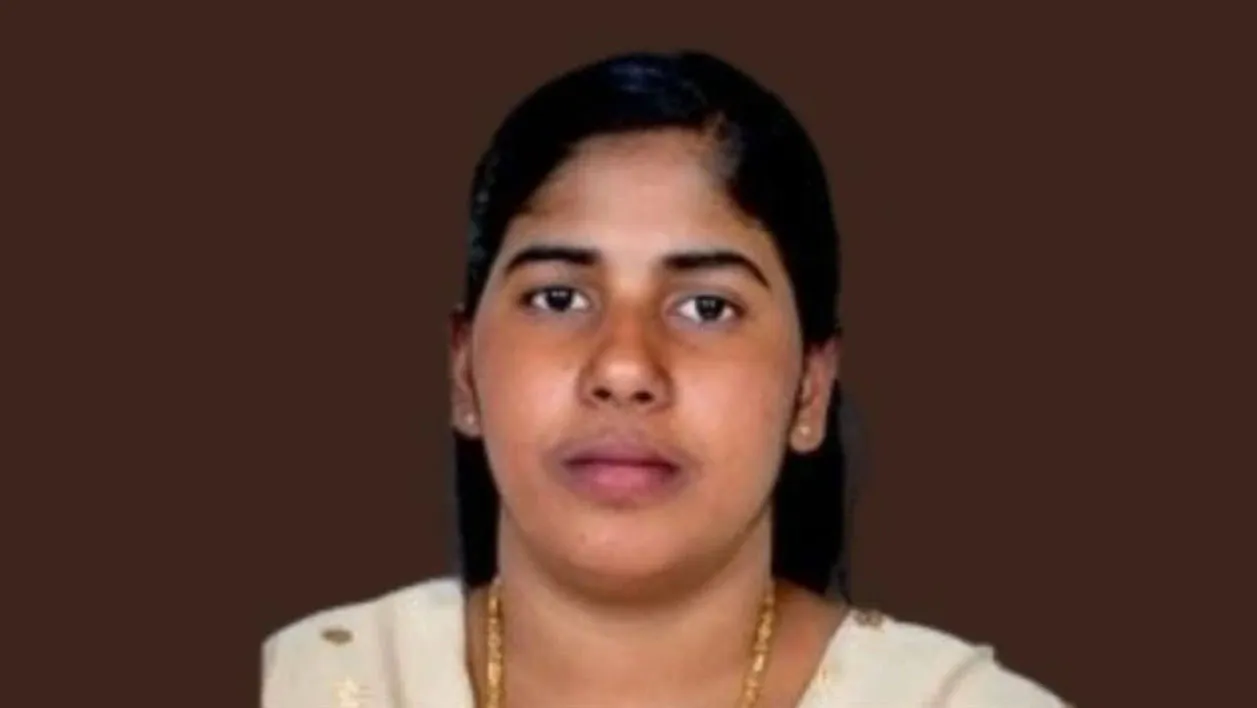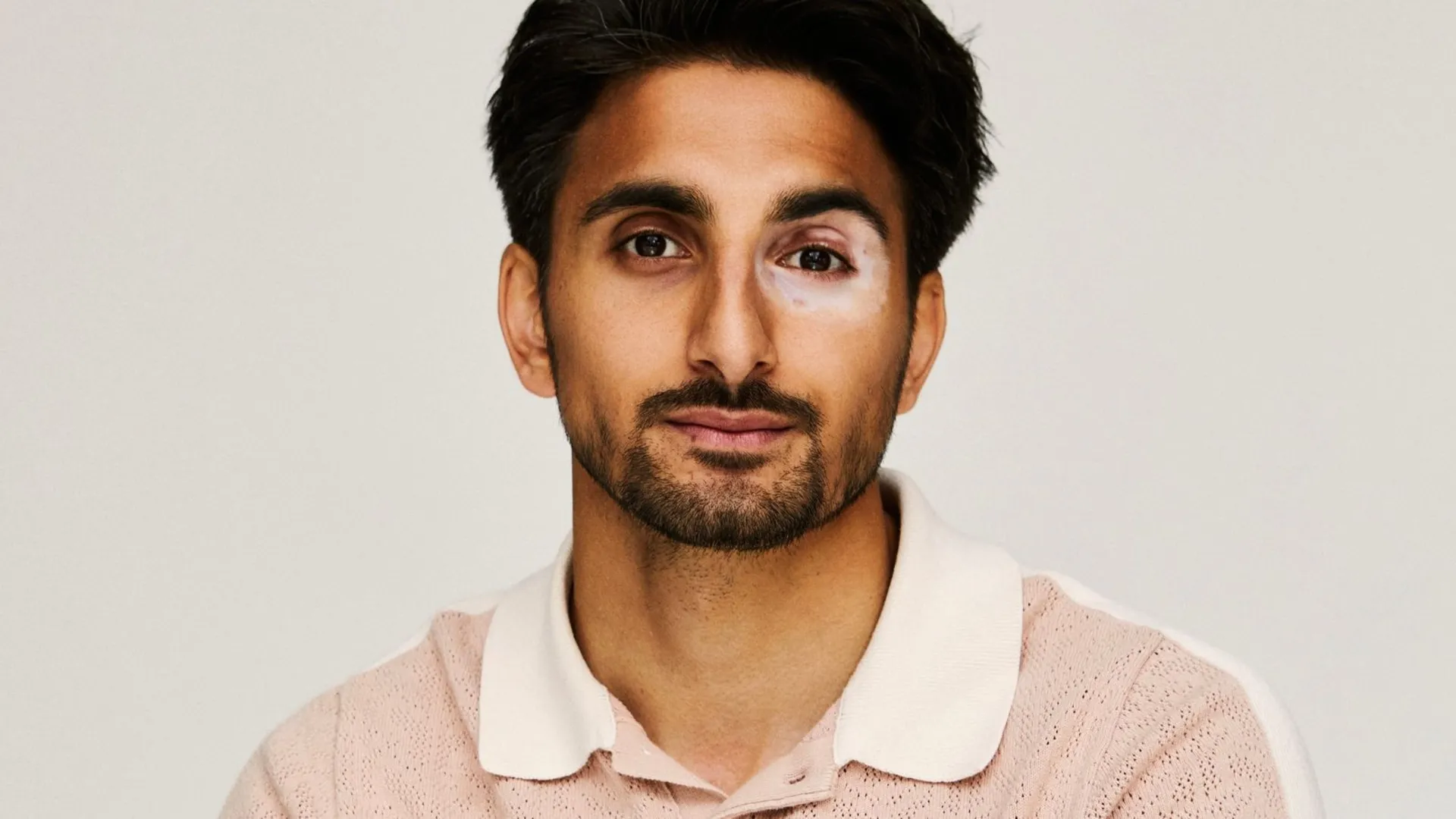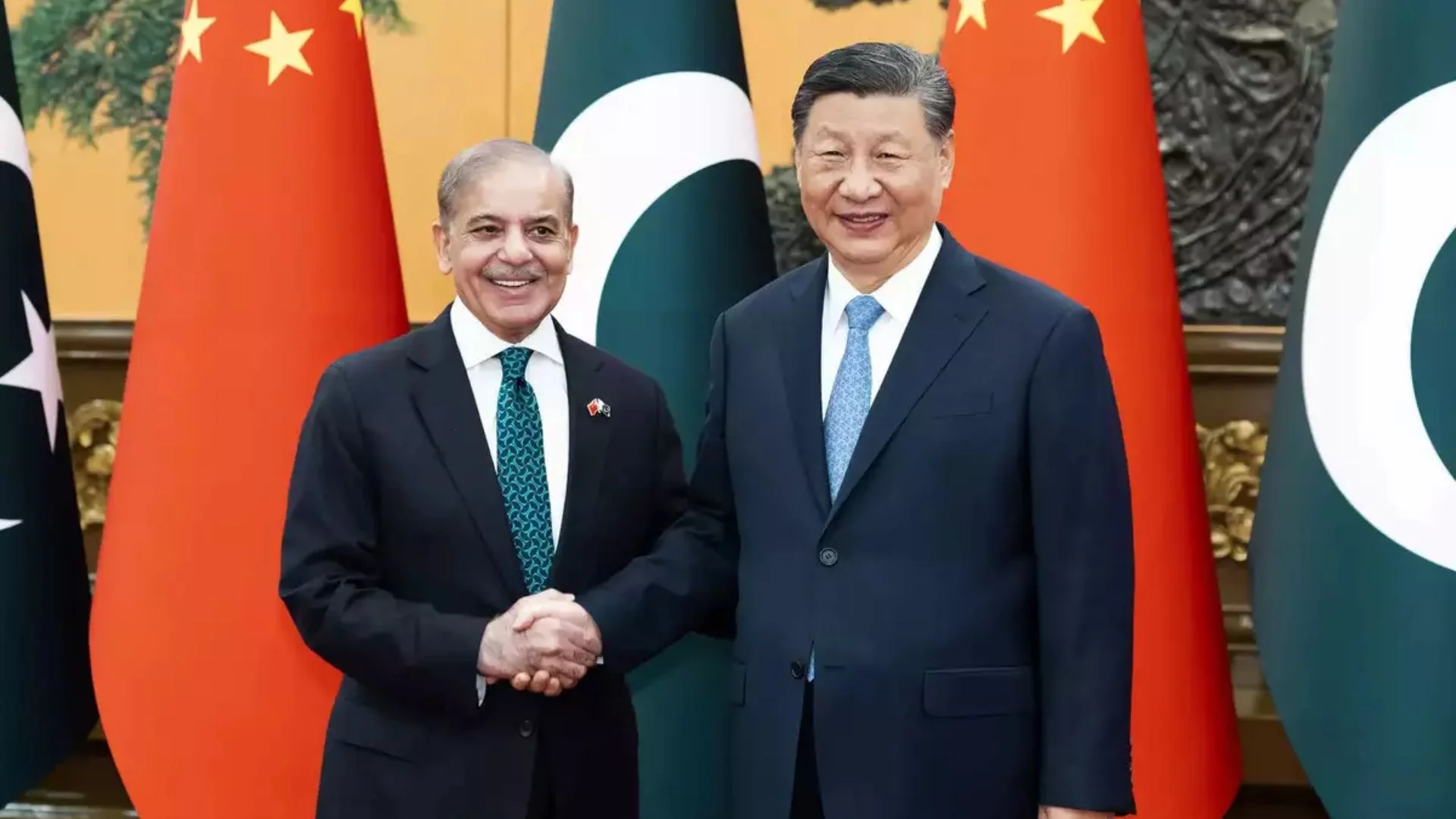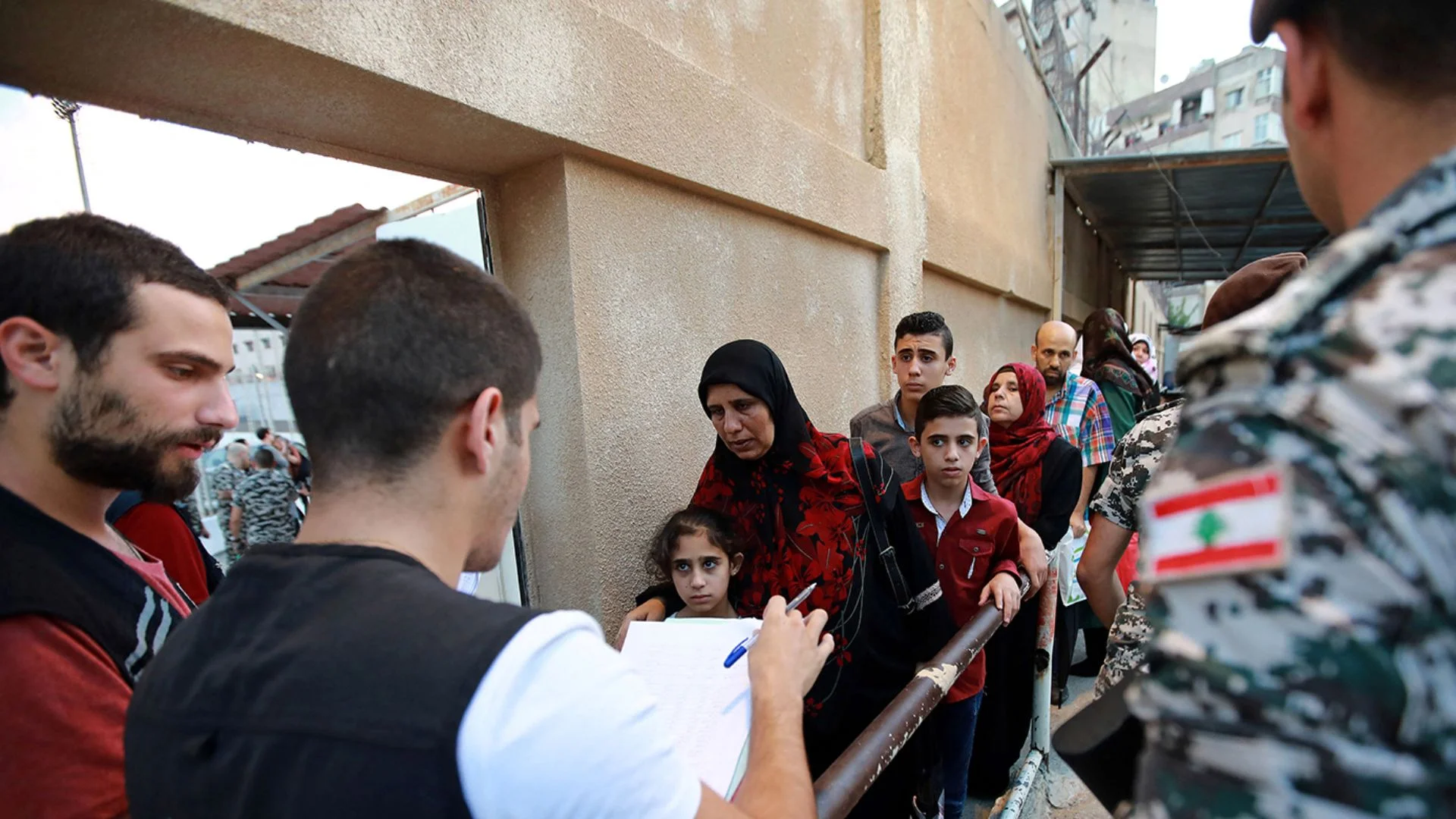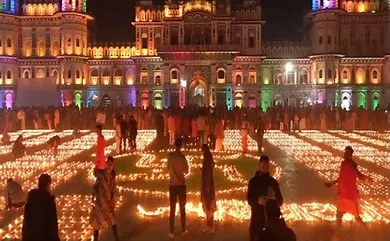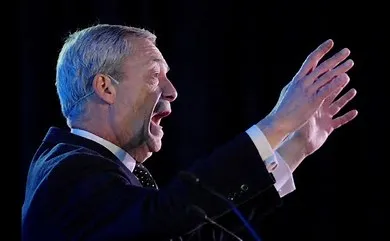“Death alone is one friend that can bring peace his treasures cannot purchase, and remove the pain his physicians cannot cure.” –
Mortimer Collin
It is a desire of every human being to live his life to the fullest. But there are times when he desires that his life should end and to fulfill this desire, he uses unnatural means. When he himself ends his life by using unnatural means, it is called suicide but ending his life by others with the consent of the deceased, is called “euthanasia”. Euthanasia is related to terminal illness. People who are terminally ill and who don’t want to suffer through the rest of their lives request for mercy killing or euthanasia. Such persons shall have the right to die according to their own wishes. Euthanasia has become significant in India due to the recent changes done by other countries like Belgium, Netherlands, England, etc. in their respective laws. Euthanasia has lately been a hot potato in India and abroad as it affects the moral values, thoughts and culture of the society. However, the Supreme Court of India has legalized “passive euthanasia” in India through its judgment in “Aruna Shanbaug Case”.

“Mercy-Motivated Killing” or Euthanasia is closely concerned with homicide. Euthanasia or Mercy killing has been in practice since time immemorial and its history roots to the ancient traditions in the Greek and Roman world. In today’s world, the debate on this issue has been triggered again due to the advancements in medical technology. In India, there are various instances where Euthanasia has not been granted by the President or by the Supreme Court. A farmer suffering from AIDS was forced to live in his incapacitated condition after the President of India refused the grant of Euthanasia. A former Chess champion suffering from neurological disorder had to live with his disease when the High Court of Andhra Pradesh rejected his plea. These requests were rejected as euthanasia was illegal in India before 2018.
The judgment of the Hon’ble Supreme Court of India in the case of Aruna Shanbaug considers several issues relating to euthanasia also consisting right to a dignified death. This case suggests de-criminalization of attempted suicide, distinctions between active and passive euthanasia and more importantly facilitates a wider discussion on the rather sensitive issue of death and dying. Even though the term euthanasia is relatively of a recent origin, the notion of a good death is an old one which is often culturally construed. In India, for example, culture has played an important role in self-administered death as death is couched in spiritual practices such as moksha. The evidence can be seen in Hindu Holy Scriptures where specific notions about the body and purpose of human life are mentioned.
Physician-Assisted Suicide and/or Active Euthanasia, means the practice of ending one’s life to relieve his everlasting pain and incurable disease, and this has become a controversial issue all over the world. There has been a lot of debate on this issue with many advocating for and many against the legalization of Active Euthanasia. The families, physicians and Judges cannot decide whether to end someone’s life without his or her consent. The consent of the patient is of utmost importance while administering euthanasia or while refusing medical treatment. After all, it is the patient’s life which is at stake and the patient only can decide whether his life is worth living or is meaningless. The question which arises here is that “Doesn’t the patient have a right to ask for this help?” and, if a doctor is willing to give it, “Why should the law stand in the way?” The Legislators should lay down a specific law on Euthanasia which should include every of its aspect for the terminally ill patients and to protect them from self-destruction. The law framed by the Legislators shall also include safeguards for the protection of the patients so that they can die with dignity. In the recent decade, Dilemmas to end life have taken a wide space in various countries which has increased the need of having Euthanasia Law in place.
The emerging issues of human rights in the National and International sphere is associated with Euthanasia and Physician Assisted Suicide which in turn relates to right to die with dignity which comes under the ambit of right to life under Article 21 of the Indian Constitution. The right to human dignity requires that the physician gives assistance to his patient to avoid unbearable physical and spiritual suffering. The advancement in medical technology has resulted in doctors not only measuring death with heartbeat and breathing but also with the brain, brainstem and brain death. The debate on withdrawal of life support systems has also to be seen in the context of the healthcare industry which inflicts futile costly treatment and unnecessary interventions on patients.
This article looks forward to determining whether mercy killing is right or wrong. This article will provide critical and challenging ethical thoughts. Another aim is to overview the court decisions and writings of a number of contributors in the field. The decision to end the life of terminally ill patients who request it is difficult and uncommon. The considerations of family feeling are both subtle and important, particularly if the patient is an infant or young person, and the loss of consciousness was unexpected. This article deals with one of the most debated topics in the field of medical practice and law. The debate is regarding the legalization of euthanasia with the assistance of physicians. This debate is a continuing one as some people say that life belongs to oneself, so each person has got the right to decide what he wants to do with it even if it amounts to dying.
With the advancement of technology in the medical world in the early 20th century, human beings have gained control over processes of life. Now that they have gained control, they define life and death according to their own interpretations and give different meanings to life as well as death. But this paradigm shift in the medico technical field, does not guarantee better quality of life. The innovations have led to transfer of power to die from professionals like physicians, doctors, etc. to the patients themselves. However, the primary approach should have been that the patients were given the right to take decisions on ending their own lives. The patient when in sound/ rational mind must make the right choice whether to live or to die and he must take the responsibility of the same. The rights that accrue to a patient as a result of innovation in these fields is the right to choose proper treatment for diagnosis, or he can also opt to refuse treatment or he also has an option of ending his own life with dignity i.e. right to die with dignity.
Right to die with dignity does not only mean to end a poor quality life. The positive notion of good death includes “good quality of life”, a life which is meaningful not merely animal existence, life which is respectable, productive and useful where a person does some good to society. Hence, a meaningless life of a patient in a persistent vegetative state suffering from pain puts him at the mercy of others and such kind of life is not worth living. Therefore, the patient who is terminally ill as well as his/her family members has an option to end his life in a dignified manner. In India, there is lack of support from the family members and the responsibility of family members have been shifted to old age homes, government and private institutions and as there is no organized effort to run these institutions, the terminally ill patients have to depend on their families at the end of the day without their willing support. Such dependency of the terminally ill on family members who are not willing to support has led to desire of passive euthanasia. The reason behind non-supporting family members can be unwanted loss of money, loss of social opportunities, time and efforts and that too on a patient whose disease can never be cured.
PSYCHOLOGICAL EUTHANASIA
Every country which has made Euthanasia legal has its own limitation, a set of guidelines which would be followed by doctors administering Euthanasia and/ or physician assisted suicide (EAS). In those countries and on fulfilling those conditions only, Euthanasia or Physician Assisted Suicide can be requested by people suffering from psychiatric disorder. It is a very rare practice to administer Euthanasia to someone who has psychiatric disorders. The Netherlands became the first country to pass law on Active Euthanasia and legalize it. Only 1 per cent of all reported Euthanasia cases in the Netherlands are related to psychiatric disorders. This is because, a person with psychiatric disorders is unable to decide what is in his best interest which is a criteria to grant euthanasia, if that criteria is not fulfilled, euthanasia or assisted suicide cannot be administered. In the Netherlands, Euthanasia or Assisted suicide among psychiatric patients has become frequent. Not much is known about Euthanasia and Assisted Suicide; only those cases have been highlighted and have come into record which was reported to Euthanasia Review Committees in Belgium and the Netherlands. Various studies have been done to keep a check on physician assisted suicide in the Netherlands as well as Belgium which become relevant as these studies aim to provide estimates of Euthanasia requests made to psychiatrists and to describe the characteristics of the patient requesting assisted suicide because of psychiatric disorders. The main reasons of assisted suicide in people suffering from psychiatric disorders are depression, desperate situations of life, a disease which cannot be cured, etc.
Euthanasia requests made to a physician brings with it due care and deliberations which have to be fulfilled by the Physician while administering assisted suicide, the emotional impact on the physician in such cases can be considerable. But if the doctor does not administer euthanasia due to his personal reasons, then he can be held liable. This is a principle in the Dutch. The patients to whom, euthanasia was denied were suffering from psychiatric disease or dementia. The question here arises whether requests of people suffering from dementia or psychiatric diseases can be fulfilled and if it can be fulfilled, whether the doctors would do so. The answer has been given to this by the Review Committees in the Netherlands when these cases came up. The committee was of the opinion that the due care criteria should be fulfilled in such cases to grant euthanasia and the suffering of the patient must have been caused by some medical condition.
For this purpose, one needs to study the relationship between mental illness, psychological factors and euthanasia. A person suffering from incurable disease may also have a feeling of shame, feeling of not being wanted, etc. These feelings can arise due to tension of not being able to cope up with the treatment which ultimately leads to misery and depression. The psychiatric disorders are associated with risk of suicidal behavior as the mental disorders are in the brain. The most common mental illness among the elderly is depression or brain death which in some cases becomes the cause of somatic death. Somatic death occurs when the organs of the body are deprived of oxygen, the supply of oxygen stops with the death of the brain.
Euthanasia and Psychological Behavior: The Psychological behavior of a person changes due his suffering. This suffering can be a result of depression or terminal illness which is a product of depression. Poor will to live and desire for death leads a person into depression. These people suffering from depression and terminal illness tend to request Euthanasia or assisted suicide. For example, in Holland, elderly people with depression are considered to be better off dead. In Holland, people with mental disorders have also been administered Euthanasia though they did not suffer from any physical pain.
Medical Issues: The medical issues which arise in these cases are that there is a difference between mental disorder and somatic disorder and the treatment for somatic disorder cannot be applied to mental disorder. Somatic disorder is categorical in nature whereas mental disorders are dimensional. Moreover, the research in the field of psychiatry is not up to the mark to predict the natural course of mental disorder.
Ethical Issues: The primary debate on Euthanasia is on these issues only. Whether the Physician has basic responsibilities to stand for those people who are mentally ill or suffering from mental disorders and to protect them to the best of their interest. Prevention of suicide is the best example on this issue. Physician assisted suicide is opposed to the medical goals. The society also plays an important role in making a person depressed and leads him/ her to commit suicide. The literature in this view is a fear which entails in a person whether he will be accepted socially or not.
The most important case on psychological euthanasia is the “Chabot case”. According to the facts of the case, a woman was suffering from depression or in medical language psychiatric illness. She made a request to her Psychiatrist for Euthanasia and/or assisted suicide. The Dutch Supreme Court held that the Court in such cases must deliver its decision based on the decision of an independent expert who knows about the patient’s illness. Thus, the Dutch Supreme Court made this an essential requirement which needs to be fulfilled to grant mercy killing. According to this judgment of the Supreme Court, this is an essential requirement only in cases where a patient is suffering from mental or psychiatric disorders. It has been termed as a ‘necessity’ which has to be fulfilled by the Court delivering its decision. However, in cases not concerned with mental disorders, it is totally upon the Judges to decide whether a question is of greater importance or lesser importance. In the Chabot case, the psychiatrist administered euthanasia to his patient who was suffering from mental disorder but he was aware enough that he consulted other experts before administering euthanasia to his patient but none of the other experts examined the women. On this point, the Supreme Court ruled that this cannot be called a necessity. However, the Psychiatrist was not punished as in the view of the Supreme Court, he could not have known about this obligation. The Chabot Case, laid down a procedure which would be followed by the Dutch in every case of psychiatric illness which pops up in the country.
As mentioned above, the advancement of medico technological world in the early 20th century has paved way for advancement in the laws pertaining to Euthanasia. With the techno medical innovations in the first half of the 20th Century, Euthanasia became a topic of prime importance in the second half of the century not only in India but all over the world. The concept, legal framework, and status of euthanasia have been a hot potato in various countries. The Legislators and the Judiciary in those countries have constantly been focusing on either decriminalizing or legalizing euthanasia and physician assisted suicide and its protection in times to come. The question of legalizing euthanasia has faced rejection in many jurisdictions; however, there are some countries that permit either euthanasia or assisted suicide or both. The law on euthanasia has found its place in various jurisdictions which are as follows.
The Netherlands
The velour with which the Dutch have handled euthanasia is commendable. Legalizing euthanasia in such a transparent way makes the Netherlands the most honest country and it has served as a guide to various countries as well. Actually, the Dutch have a world class health care system which includes free nursing homes. The hindrances relating to finance, inadequate medical care, etc. faced by other countries remained out of play in the Netherlands. The legal system in the country is also based on consensus which also helped in making good the drawbacks. According to Maas and Leenen, the move relating to Euthanasia and Physician Assisted Suicide started in the Netherlands with a troublesome case of one Dr. Postma in the year 1971 after she injected morphine to her mother who was partially paralyzed and deaf. This case triggered a debate all over the country and various committees were set up to find a solution to the problem. In 1984, a criterion known as ‘Rotterdam Criteria’ was made by the Court. This criterion would act as a guide to doctors while taking decisions to end some one’s life. The Royal Dutch Medical Association (KNMG) and the Government together laid down conditions which if followed while administering euthanasia will not attract prosecution. However, these conditions were changed with time as there were some loopholes in them. The definition of euthanasia in the Dutch is only restricted to active voluntary euthanasia.
Between 1990 and 1993, KNMG delivered four reports on Euthanasia. In the year 1990, the Remmelink Commission was set up to investigate upon the issue of euthanasia. The report of this committee was published in 1991 where the main reasons of euthanasia were cited to be loss of dignity, dependence on others, pain, etc. Studies were also carried out in Australia and Belgium to check its abuse in the country. Finally, the legislation on Euthanasia in the Dutch was passed in the year 2001 with the majority consensus. This law included both euthanasia and physician assisted suicide. The Netherlands became the first country to pass such law and legalize euthanasia. The law of 2001 elaborates the requirements laid down in 1991 as ‘due care criteria’. A person will not be prosecuted if he fulfills the due care criteria. There are 6 criteria to be followed. These are:
REQUEST OF THE PATIENT IS VOLUNTARY
Patient’s disease has no cure and his suffering is unbearable
Patient is informed about his further prognosis
Discussion leading to consensus that there is no other solution to the problem
Consultation with one other doctor who is not connected with the case
Due medical care and attention would be given while administering euthanasia
It is pertinent to note that withdrawal of life support is not considered as “passive euthanasia” because the term “euthanasia” refers to “active euthanasia”. The Dutch law is considered to be on a “slope”. This slope pertains to active euthanasia and passive euthanasia. The one supporting legalization of active euthanasia considers law a road or a slope to legalize all forms of dying on request. The slippery slope can be formed between administering euthanasia to those who are terminally ill and administering assisted suicide to those who are healthy but tired of living. The practice of Euthanasia in the Dutch may or may not be subjected to slippery slope. So many committees, guidance, judicial intervention, debates could not even bring The Netherlands down the slope. Even today the studies show that the slope on which the Netherlands is moving is steep. Now after a paradigm shift in the laws of the Dutch, the country not only allows euthanasia for those who are terminally ill but to anyone who is suffering.
AMERICA
In the 19th century, if one advices another to commit suicide and on that advice the other persons kills himself then the adviser was held guilty of murder which was a well-established principle under common law. Right to life according to the common law in America is considered sacred and inalienable. By way of two most important and landmark judgments, the United States of America made Euthanasia totally illegal, these cases are Vacco vs. Quill and Washington vs. Glucksberg. The Court in these cases was of the view that physician assisted suicides should not be in contravention of the US Constitution. However, the patients have all the right to call for measures which could be a serious threat to life and death caused in this process is not illegal as it would be considered passive euthanasia which is legal in the United States. The patients also have the right to refuse medical treatment.
Active Euthanasia is only legal in four states of the United States, which are Washington, Texas, Oregano and Montana. If Physician assisted suicide is allowed in the U.S. the elderly who have lived their life long enough and for whom life is meaningless would want to get administered with euthanasia. Other people who would avail this would be the terminally ill ones with diseases which cannot be cured. Presently, attempted suicide is not a crime in any American Jurisdiction and no right has been provided by the US Constitution to assisted suicide. The rights are only provided in some specific state provisions. In the state of Oregon, assisted dying is legalized under Oregon Death with Dignity Act, 1997, in Montana by the Judiciary and in Washington by Washington Death and Dignity Act, 2008. To conclude, it can be said that the Laws in the United States of America relating to Euthanasia, can be distinguished between Active and Passive. Such clear distinction gives clarity that U.S is not confused on its Euthanasia laws.
England
In the United Kingdom, Euthanasia is a crime; however, the Courts are tolerant as doctors who administer assisted suicide are not convicted under the Suicide Act, 1961. Assisted Suicide is illegal in the United Kingdom in the present time, any person found administering assisted suicide can be convicted as Section 2 of the Suicide Act, 1961 provides for aid, abetment, procure or counsel to commit suicide. A person who himself takes his life cannot be convicted but the one aids can be. The ‘right to die’ was considered a key element in the case of Ms. B vs. An NHS Hospital Trust, where the Court clearly states that a doctor would be held liable if he acts contrary to the wishes of the patient to remove or withdraw life support equipment even if the result is death. It would be considered unlawful to treat a patient against his/ her will. This approach was taken by the House of Lords in many cases which came up before it. The law relating to Euthanasia is now well settled that if the doctor acts with due and reasonable care in the best interest of his patient to remove life support equipment, it will not be regarded as a crime. The issue here arises, if a person is in his persistent vegetative state, then who will decide what is best for the patient? However, there are numerous judgments on this point in the laws of the U.S.A.
Please read concluding on link4din.com/guardians-numeric-wisdom
HUMAN RIGHTS IN PSYCHOLOGICAL EUTHANASIA
The basic instinct of common law is the protection of human rights and bodily integrity against invasion by any other person. When the basic human rights of a person are infringed, the liability arises on the person who has infringed the human right. The liability can be civil as well as criminal. Civil Liability includes actions or suits for damages and criminal liability includes battery and assault. According to the International Human Rights law, a patient cannot be treated without his consent. This approach is carried on by various nations including India. The consent of the patient to be treated is an essential for giving medical treatment to him/ her. Since English Human Rights Act, 1998, has come into force the human rights debate relating to euthanasia has been advocated by many. According to them, the denial of right to die is inhuman and degrading treatment which is not allowed under Article 3 of the European Convention of Human Rights. Also, it is a clear violation of privacy and dignified life protected under Article 8 of the Convention. Both the European Convention and The English Human Rights Act recognize the right to life but do not pay heed to the right to die.
The request for Euthanasia is a personal request made by the terminally ill patients. The person who wishes to die does not pay heed to the quality of care and resources present as they already are suffering from illness with their body and mind deteriorating. These people do not want to be a burden on their families. In the words of Pope John Paul II “Laws authorizing Euthanasia are opposed not only for the benefits of the individual but also for the benefits of the society as they are lacking in juridical validity” Therefore, the Common Law should guarantee coexistence which should be social so that everyone in the society leads a peaceful and contended life.
Every human being has a fundamental right to life. It does not matter whether that life is contributing to society. The Law both International and National should take special interest in protection of rights of those whose rights can be easily violated by the society. The Utilitarian theory states that an action is morally viable if it increases happiness or decreases misery and according to this theory, Euthanasia and Assisted Suicide is correct. Any law allowing euthanasia clearly violates the right of the government to protect its citizen’s life and that too without any exception. The Law on Euthanasia is violative of Universal Declaration of Human rights which states that right of every person should be protected by law.
In India, right to life and personal liberty is enshrined under Article 21 of the Indian Constitution. The question arose whether right to life under Article 21 includes the right to die. This question was firstly answered in the case of Maruti Sripati Dubal vs. State of Maharashtra where the Hon’ble Bombay High Court held that ‘right to life’ includes ‘right to die’. The Hon’ble Bombay High Court also struck down Section 309 of Indian Penal Code, 1860 saying that it is unconstitutional as it violates Article 14 and 21 of the Indian Constitution. The Court in this case was of the view that Right to Die is just uncommon and not unnatural. The Court also stated that a person suffering from psychiatric disorder needs to get medical treatment and not to be sent to prison cells. However, in the year 1988, the Hon’ble Andhra Pradesh High Court in the case of Chenna Jagadeeswar vs. State of Andhra Pradesh held that right to die is not a fundamental right. The Hon’ble Supreme Court of India in the year 1994 in the case of P. Rathinam vs. Union of India, held that Right to Life includes concurrent right to die under its ambit. This decision of the Supreme Court was opposed in the case of Gian Kaur vs. State of Punjab where it was held by the 5 judge bench of the Supreme Court that right to life does not include the right to die. The Law Commission of India examined the issue again in the year 2008 on De-criminalization of Attempt to Suicide. The Law Commission recommended that attempt to suicide under Section 309 of Indian Penal Code should be omitted as inhuman. In the year 2018, the Hon’ble Supreme Court of India in the case of Aruna Shanbaug clearly held that Passive Euthanasia can be granted to persons suffering from terminal illness and are in a Persistent Vegetative State (PVS). Active Euthanasia is still illegal in India.
In view of the discussion above, we feel that voluntary euthanasia should also be legalized in India and there should a specific full-fledged law which would solely include the Euthanasia and all its aspects. So there is a need to make a law on Euthanasia with its adequate protection. The Recommendations of the Law Commission of India also used as guidelines in Aruna Shanbaug Case should also be taken into consideration to make any law in this regard to prevent misuse of the law and its malpractices. However, cases of terminally ill patients and persons who are in persistent vegetative state, are considered as special cases where passive euthanasia is allowed in India. The Netherlands still remains a guiding light on this issue and if ever active euthanasia is legalized in India, it would be in consonance with the Dutch Law in the Netherlands and Belgium.


